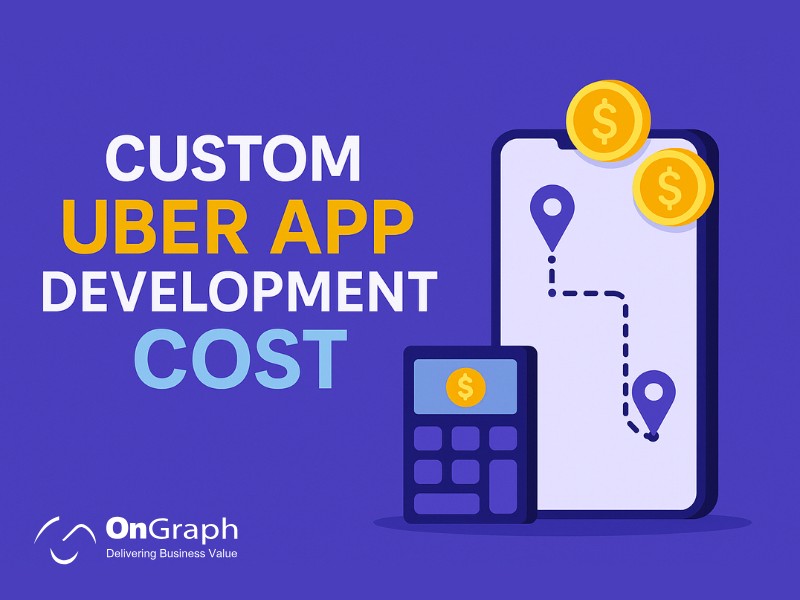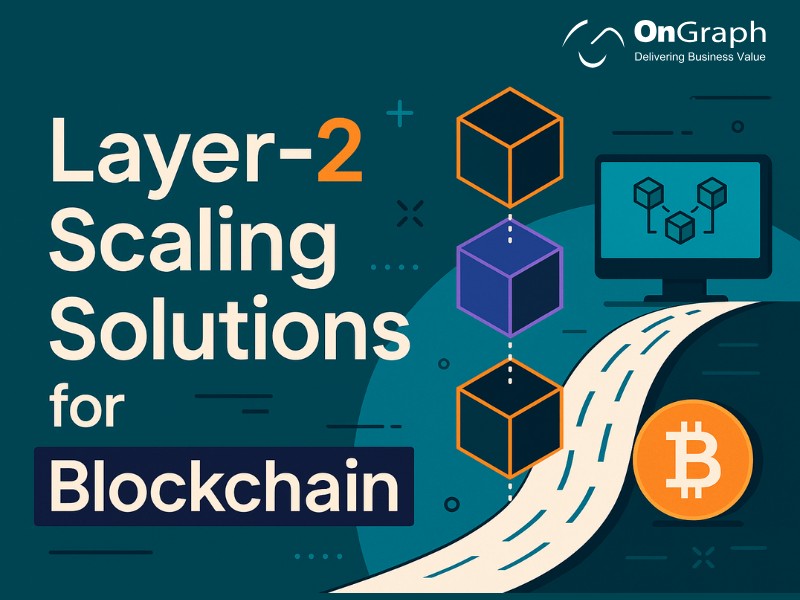In this article
Artificial Intelligence (AI) is changing how the automotive industry works. From building smarter cars to making driving safer, AI is playing a big role. If you’re a business in the automotive space, or just curious about new technology in vehicles, this blog will help you understand how AI is making a big difference.
What Is AI in the Automotive Industry?
AI in the automotive industry means using machine learning, computer vision, sensors, and big data to make cars smarter. AI helps cars learn from data, make decisions, and improve over time.
It’s not just about self-driving cars. AI is also being used in car design, production, maintenance, and even customer support.
Top Use Cases of AI in Automotive
1. Autonomous Vehicles (Self-Driving Cars)
AI is the brain behind self-driving cars. These vehicles use AI to:
- Detect objects using cameras and sensors
- Understand road signs and traffic rules
- Make decisions like when to brake, turn, or change lanes
Companies like Tesla, Waymo, and Cruise are developing AI-driven cars that could soon become common on our roads.
2. Advanced Driver Assistance Systems (ADAS)
Even if a car isn’t fully autonomous, AI can still assist drivers with smart features like:
- Automatic braking to avoid accidents
- Lane-keeping assist
- Adaptive cruise control
- Blind-spot detection
These features help reduce accidents and make driving safer.
3. Predictive Maintenance
AI helps car owners and companies avoid breakdowns. It does this by:
- Tracking engine performance
- Noticing small issues before they become big problems
- Suggesting when to replace parts or get the vehicle checked
This saves money, increases vehicle life, and reduces unexpected downtime.
4. Car Manufacturing Automation
AI is also used inside car factories. It helps:
- Control robots that assemble parts
- Manage supply chains
- Check product quality in real-time
This improves speed, accuracy, and efficiency on the production line.
5. Personalized In-Car Experience
AI learns your preferences and makes your ride more comfortable by:
- Adjusting seat position, temperature, and music
- Offering route suggestions based on your routine
- Using voice assistants to take commands like “Call John” or “Play radio”
Just like smartphones, cars are becoming personal assistants too.
6. AI for Fleet Management
For companies running taxis, buses, or trucks, AI helps by:
- Tracking vehicle locations
- Optimizing delivery routes
- Monitoring driver behavior
- Reducing fuel usage
This means better service, fewer delays, and lower costs.
Benefits of AI in the Automotive Sector
Using AI brings many advantages to both customers and car companies:
- Increased Safety: AI helps avoid accidents with smart alerts and automatic control.
- Lower Costs: Early maintenance alerts reduce repair costs.
- Faster Production: AI-run factories can build cars quicker and with fewer errors.
- Better Customer Experience: Cars remember preferences and give smoother rides.
- Data-Driven Decisions: Automakers can use data from AI to improve future car models.
Challenges of AI in the Automotive Industry
While AI has many benefits, there are also a few roadblocks:
- High Development Costs: Building AI systems requires skilled people and time.
- Data Privacy: Cars collect a lot of personal data that must be protected.
- Regulations: Laws for self-driving cars vary from country to country.
- Trust Issues: Many people are still unsure if AI can replace human driving safely.
Car companies need to solve these issues to fully unlock the power of AI.
The Future of AI in the Automotive Industry
The future looks bright for AI in vehicles. Here’s what we can expect:
- Fully Self-Driving Cars: We may soon see cars that don’t need a driver at all.
- Connected Cars: Vehicles will talk to each other to avoid accidents and manage traffic.
- Smarter Electric Vehicles (EVs): AI will help EVs optimize battery use and find charging stations.
- AI-Powered Customer Support: Virtual agents will help with bookings, servicing, and more.
Automotive companies that adopt AI today will lead the market tomorrow.
Build Smarter, Faster, and Scalable AI Solutions with OnGraph
At OnGraph, we help businesses turn ideas into intelligent AI-driven products. Whether you’re looking to automate customer service, build predictive analytics tools, or integrate AI into existing systems, we deliver end-to-end AI development solutions tailored to your business goals.
Our AI experts blend domain experience with deep technical knowledge to create solutions that are not just futuristic—but functional.
Why Choose OnGraph?
- 15+ Years of Experience
- Dedicated AI Research & Development Team
- Model-Agnostic and Open-Source Friendly
- Agile Development with Rapid Prototyping
- End-to-End Deployment and Post-Launch Support
Whether you’re building a full-fledged AI platform or enhancing a legacy system with intelligent features, we provide the flexibility, skill, and commitment to bring your vision to life.
Final Thoughts
AI is not just a buzzword — it’s a real game-changer for the automotive world. Whether it’s helping to build better cars, keeping drivers safe, or improving user experience, AI is here to stay.
For car manufacturers, fleet operators, and even app developers, investing in AI automotive applications is no longer optional — it’s the key to staying competitive.
FAQs
AI in vehicles improves safety, reduces fuel consumption, lowers maintenance costs, enhances comfort, and makes driving more convenient. It also enables advanced features like lane assist, voice control, and personalized driving experiences.
AI systems monitor vehicle data like engine performance and battery health. They can predict issues before they cause breakdowns and notify the driver when parts need servicing or replacement—this is called predictive maintenance.
AI helps car manufacturers automate production lines, detect defects in real-time, manage supply chains, and reduce waste. AI-driven robots and predictive analytics make factories faster, safer, and more cost-efficient.
The main challenges include high development costs, data privacy concerns, regulatory issues, and building trust among users. Also, AI systems need to be reliable in all weather and road conditions to gain widespread adoption.
The future of AI in automotive looks promising. Expect fully self-driving cars, smarter electric vehicles, enhanced vehicle-to-vehicle communication, and AI-powered mobility platforms. AI will play a central role in shaping the future of transport.
About the Author
Let’s Create Something Great Together!
Latest Blog
















